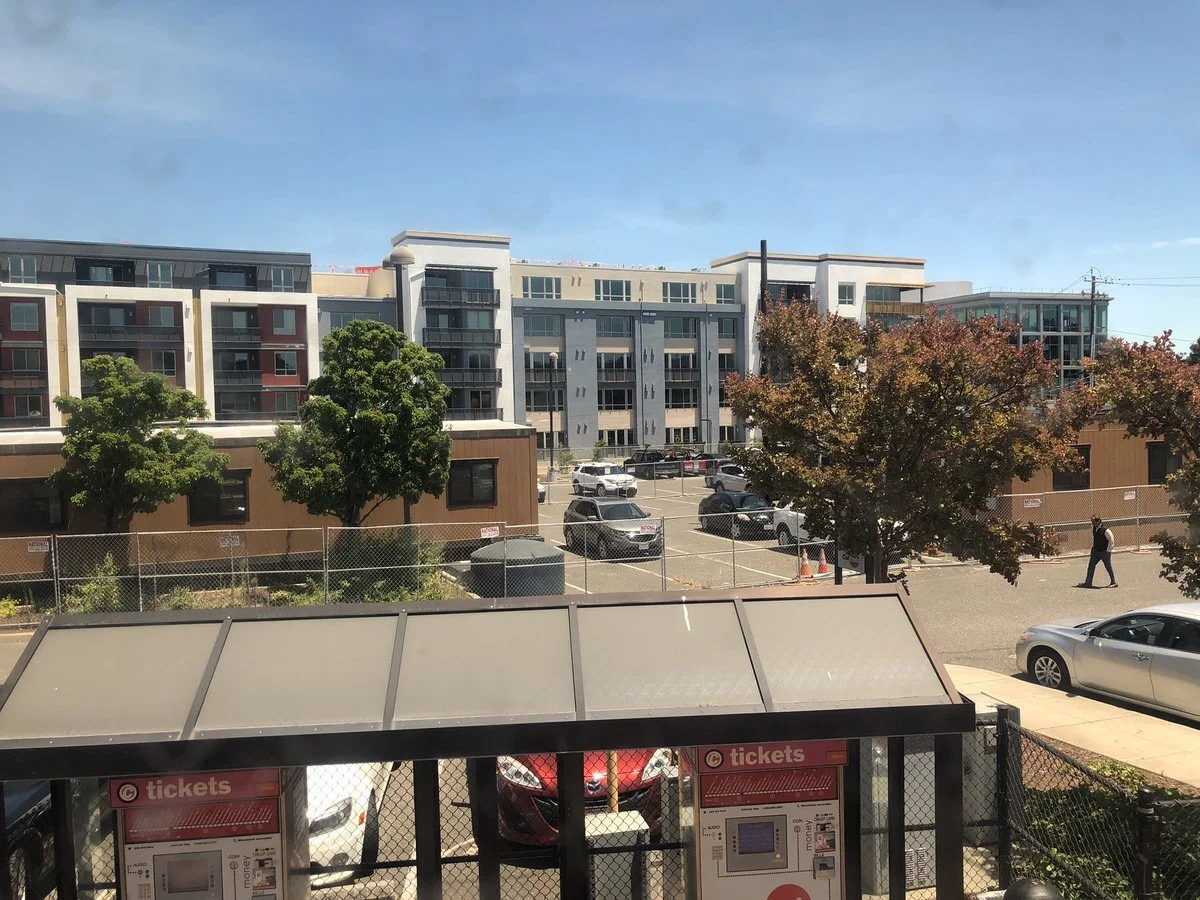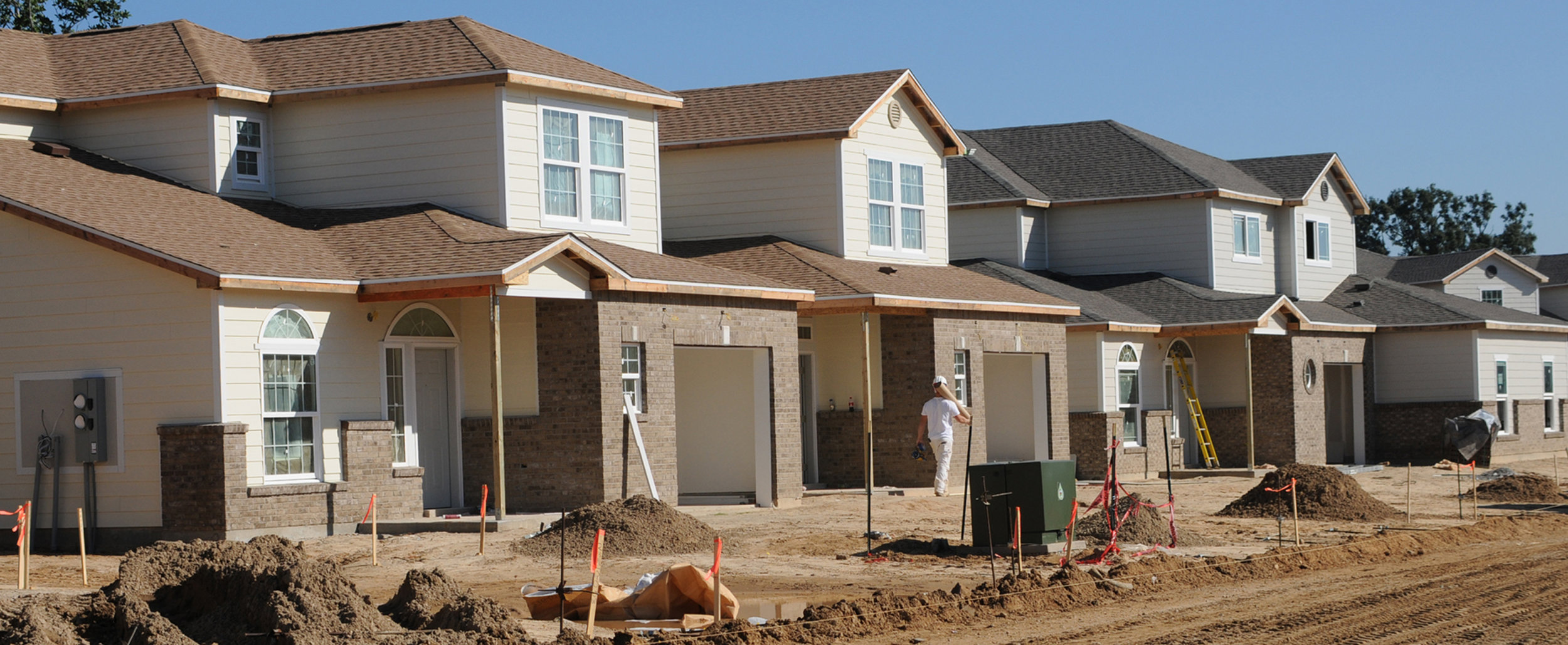Where did we spend our money building transit in the U.S. in the last 10 years? And what did we get for it?
Read MoreNo, you’re not stuck in congestion because your city’s infrastructure is “inadequate” to handle growth.
Read MoreJaywalking laws do little for public safety—but they do reinforce the idea that city streets are for cars, and they result in harassment of otherwise law-abiding citizens. It’s time to do away with the whole notion of jaywalking.
Read MoreAre we treating the symptoms of the housing crisis, or the underlying disease?
Read MoreThree housing stories that got our attention in 2019, and the lessons we should take from each one.
Read MoreThe next time you hear "age-friendly community," don't picture the senior housing complex on a pond at the edge of town. Picture the well-worn neighborhood where a network of support from neighbors of all ages means you just might be able to leave all your family photos up on the wall a few years longer.
Read MoreThere are a ton of good reasons to invest in transit. Making life easier for drivers isn’t one.
Read MoreVision Zero is a simple engineering problem, but a wickedly complex social and institutional problem—at least in America’s car-dependent cities. Success in Norway shows us what the way forward looks like.
Read MoreMost neighborhoods face a stark choice between the trickle or the fire hose: either virtually no new development or investment, or cataclysmic change that leaves a place unrecognizable. We need to get out of this destructive dichotomy.
Read MoreDon’t underestimate the power of small-scale development—if undertaken at a large scale, by many hands—to transform our cities for the better.
Read MoreAffordable housing shortages in California (and other states) are worsened by a go-big-or-go-home model of development: we throw up so many barriers in the face of incremental change that the only building projects that remain viable are huge, complicated ones with many possible points of failure.
Read MoreWe don’t pay a ton of attention to parking lots in our day-to-day lives—nobody makes postcards of scenic or historic ones—yet parking dominates and shapes the built environment around us more than any other factor. Here’s how to start seeing parking—and the damage it does when we build too much of it.
Read MoreThe numbers don’t lie: business-as-usual suburban development won’t bring a booming town long-term financial strength. But it turns out that to #DoTheMath is only the first step toward changing your community's business model.
Read MoreWhen you’re moving about in the world, it’s really hard to appreciate just how much land is devoted to accommodating high-speed car travel—or just how much life we could cram into the same piece of land if we didn’t have to.
Read MoreIf Strong Towns is successful—really successful—you won't hear about it, because the vast majority of the change we produce won't be attributed to us at all. It will be embedded in the broader culture.
Read MoreThe Strong Towns movement offers a template for creating a world we can be justly proud to pass on to our children, in a time in which so many of us feel like we're floundering to salvage the broken one we inherited from our parents.
Read MoreMaking big developers “give back” to the community by running a gauntlet of concessions and fees seems like it should weaken their clout. Here’s why it actually does the opposite.
Read MoreMost local housing markets in the U.S. are oligopolies: new construction is dominated overwhelmingly by only a few developers. How did we get here, and why is it this bad news for housing affordability, as well as for our cities’ financial strength and resilience?
Read MoreThose two things are all you should need to be able to make sense of your city's zoning code. At least that's the philosophy guiding South Bend, IN planners as they overhaul the city's regulations to be more legible and useful.
Read MoreThe problem with new American suburbs isn’t a "lack of planning" or “uncontrolled growth” or “inadequate infrastructure.” The problem is a lack of basic financial solvency.
Read More



















